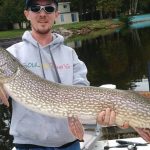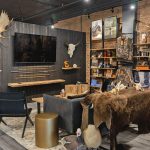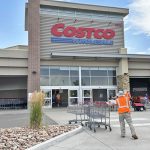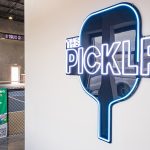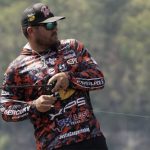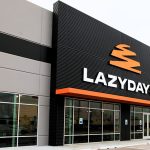Cabela’s Inc.’s smaller, more profitable store formats and strong balance sheet will allow it to increase its square footage by 10 to 15 percent a year in coming years, or up to five times faster than in the 2009-10 period.
Ultimately, the Sidney, OK hook-and-bullet retailer thinks it can operate up to 200 stores in the U.S. and 20 in Canada in its new store formats which range from 40,000 square feet for sub-250,000-population markets up to 100,000 square feet in suburban markets. Currently, CAB operates 35 stores in the U.S. and three in Canada.
“The three things we really look for are the obvious ones – access, visibility and co-tenancy,” CAB Vice President and CFO Ralph Castner told the Imperial Capital Global Opportunities Conference in New York City last week. “And you will see our co-tenancy being Target, being Wal-Mart, being Best Buy, some of the other great retailers. We are looking for the same space that they occupy.”
In coming years, much of that growth will come in the Northeast and Southeast, but the company sees tremendous opportunities in California’s metro markets. CAB combines U.S. Fish & Wildlife estimates of spending on hunting and fishing gear by county with its own direct sales data to select store sites.
“What this story is really about is there is about $50 billion spent in the U.S. on hunt, fish, camp,” said Castner. “We and Bass Pro together only have about 15 percent of that market. So we think this market is still largely dominated by small mom-and-pop players. We think there is a huge opportunity going forward to help consolidate that market share up in a handful of players, and we expect to be one of them.”
Castner said CAB’s 27 percent lease adjusted debt to total capital ratio gives it an advantage over rivals Bass Pro Shops, Gander Mountain and Sportsman’s Warehouse in competing for prime retail space.
Online, Cabela’s estimates it gets twice as many visitors at Bass Pro and that at $900 million in annual revenue, its online and catalog sales are six times larger than that of Bass Pro Shops.
“We think our next closest competitor, which is Bass Pro Shops, does about $150 million,” said Castner. “Then after that it drops off to about $50 million.”
Castner said CAB is now focused on reducing the $100 million a year it spends each year on catalogs to promote its direct business and shifting some of those dollars to e-mail, search engine optimization, social media and other digital marketing.


